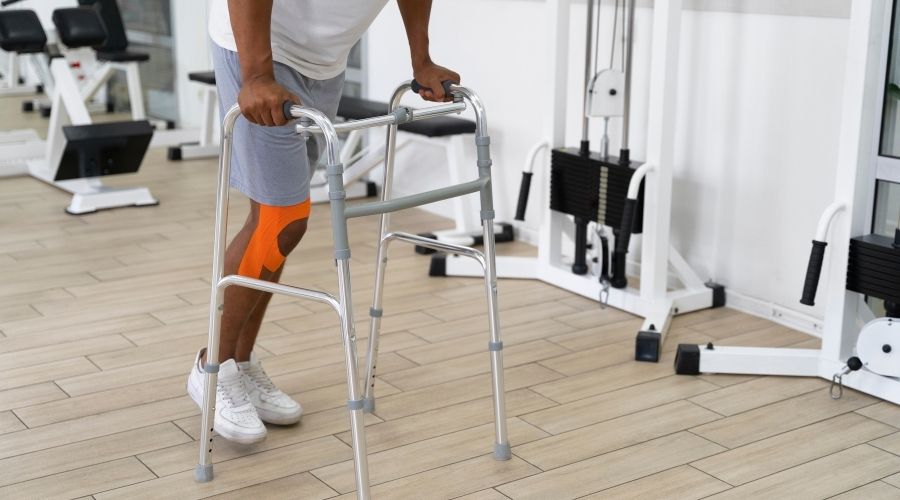
Orthopedic surgery, dealing with the musculoskeletal system, requires exceptional precision. Each procedure aims to restore function and alleviate pain in bones, joints, and muscles. Even minor deviations can significantly impact patient outcomes. Here are key reasons why precision is paramount in orthopedic surgery:
Accurate surgical techniques lead to better alignment of bones and joints, promoting faster recovery and reducing complications. Precision minimizes the risk of post-surgical pain and the need for revision surgeries, ensuring patients regain their mobility and quality of life more quickly.
Precise surgical interventions lower the chances of infections, nerve damage, and other complications. Surgeons must meticulously plan and execute procedures to avoid accidental harm to surrounding tissues and structures.
In procedures involving implants, such as joint replacements, exact positioning is crucial. Misalignment can cause wear, instability, and premature failure of the implant. Precision ensures implants function as intended, providing long-term benefits to the patient.
Minimally invasive techniques and precise surgical actions help preserve healthy tissues surrounding the affected area. This approach not only reduces recovery time but also lessens scarring and postoperative discomfort.
Advancements in imaging and surgical tools, such as computer-assisted navigation and robotic surgery, emphasize precision. These technologies aid surgeons in achieving the highest accuracy, leading to improved surgical outcomes and patient satisfaction.
Precision in orthopedic surgery is not just a matter of technical skill but also of patient safety and well-being. As surgical techniques and technologies evolve, the emphasis on precision will continue to enhance the effectiveness and reliability of orthopedic care.
